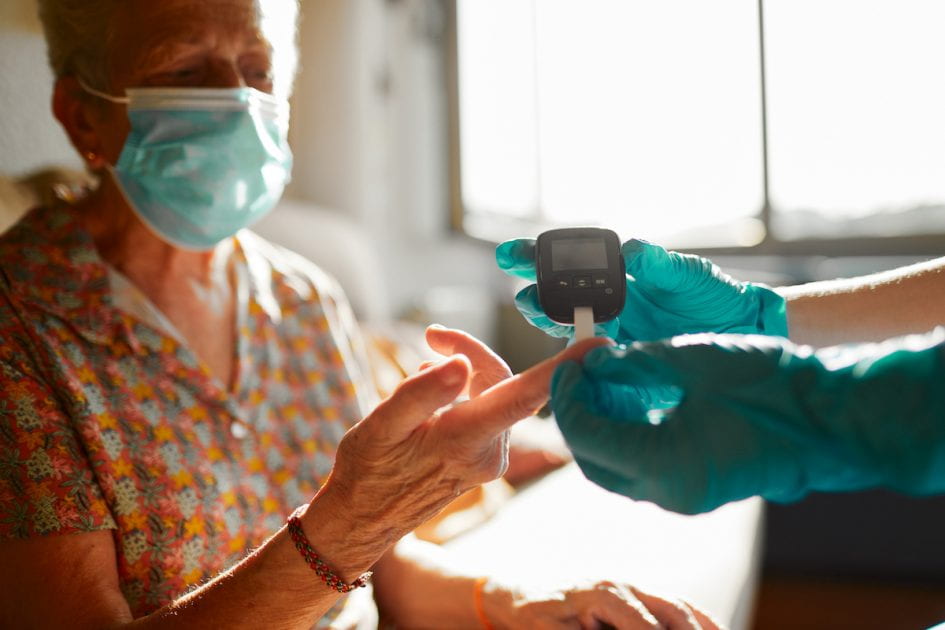When COVID-19 infiltrated nursing homes and exacerbated long-term care workforce shortages, the federal government responded. In 2021, President Biden signed into law a one-year increase of the Medicaid matching rate for home and community-based services (HCBS) as part of the $1.9 trillion American Rescue Plan Act economic relief and recovery package. The government also offered administrative flexibilities that allowed states to temporarily expand and modify their existing Medicaid HCBS programs.
Subsequent attempts to extend the increased federal funding have stalled in Congress, however. The temporary nature of the extra federal funding and the lack of a uniform mandate to expand HCBS programs will likely increase inequities among states, argues Edward Alan Miller, PhD, in a new article in the Journal of Health Politics, Policy, and Law. Miller, professor and chair of the Department of Gerontology, wrote the paper, “Medicaid Home and Community-Based Services in the Wake of the COVID-19 Pandemic,” with his former advisee Lisa Kalimon Beauregard, PhD ‘19. Beauregard is director of quality and evaluation at Mystic Valley Elder Services and former director of the Home and Community-Based Services Policy Lab at the Massachusetts Department of Elder Affairs.
“The question now is, will states continue these investments without the federal contribution? It depends on the states. Those that have the fiscal resources and political commitment to expand HCBS benefits will do better than others,” Miller says. “This may contribute to widening disparities in access and quality of HCBS across states and populations who depend on Medicaid HCBS, with some states moving back to baseline funding levels.”
Expanding access and availability to HCBS is a priority for the Biden administration, Miller notes. The administration has turned to executive orders and other ways to get around legislative roadblocks. “Without greater federal investment in HCBS, there is likely to be limited improvement in HCBS availability and access across most states, despite the increased investment during the pandemic.”
Read the Journal of Health Politics, Policy, and Law article


Leave a Reply